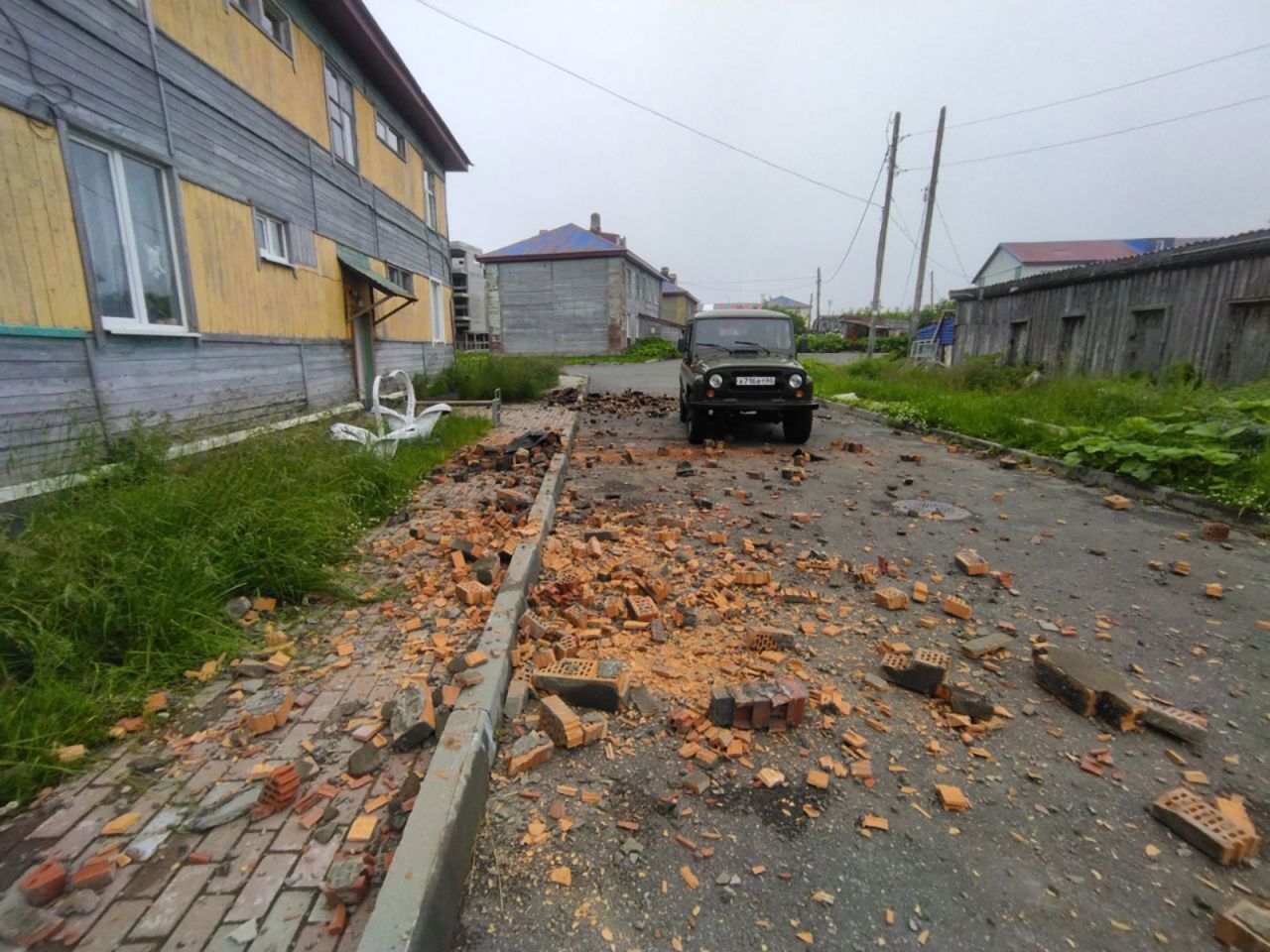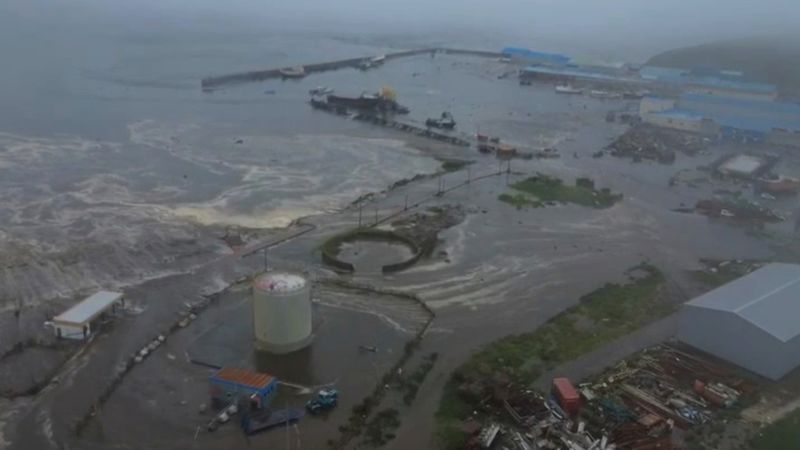
Wednesday’s 8.8 magnitude earthquake off Russia’s east coast is tied for the sixth-strongest recorded, as we reported earlier.
It ranks alongside the devastating 2010 Chile earthquake, which killed more than 500 people and caused major destruction, and a 1906 earthquake in Ecuador and Colombia, which triggered a tsunami that claimed up to 1,500 lives.
“This is the largest earthquake we’ve had in over a decade worldwide,” Jeffrey Park, Seismologist and Professor of Earth and Planetary Sciences at Yale University, told CNN News Central on Wednesday.
“It’s among the top 10 earthquakes that have been measured by humans in the last century and a half.”
Lisa McNeill, Professor of Tectonics at the University of Southampton in England, said the quake “ruptured past of the Kuril-Kamchatka subduction zone,” which was the same tectonic setting as the 2011 Japan and 2004 Indian Ocean earthquakes.
It is “a very large earthquake,” she said. “A subduction zone is where one tectonic plate collides with and slides under another and this generates the largest earthquakes on Earth.
“Some fault movements don’t move the seafloor much and so there is no tsunami,” she added. “In the case of this earthquake, it had a very large rupture and slip (which make the earthquake large) and so a tsunami has been generated.”
Joanna Faure Walker, Professor Earthquake Geology and Disaster Risk Reduction at UCL, also touched on the role of seafloor displacement in driving tsunami formation.
“Tsunami travel across the ocean at speeds comparable to jumbo jets,” she said, adding that as the wave reaches shallower coastal waters, it slows down and builds in height – “in the worst cases, this can be many meters high.”
